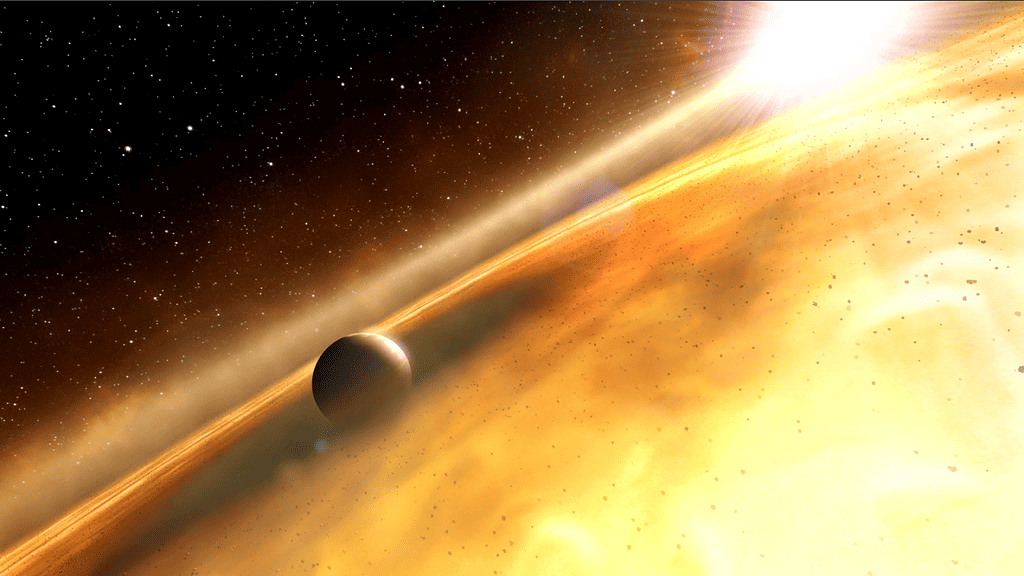
As if it wasn’t clear already, the James Webb Space Telescope (JWST) is truly enabling us to see the universe in a different way. Now, the telescope has given us a glimpse into the complex and dynamic planetary system surrounding the nearby star Fomalhaut.
The system lies in the southern constellation Piscis Austrinus, just 25 light-years from Earth. The study, published in Nature Astronomy, has uncovered a wealth of information about this intriguing system, including the presence of one of the most prominent debris disks in the known Universe.
Structure in debris
Fomalhaut’s debris disk, similar to the asteroid and Kuiper belts in our Solar System, has been imaged by several powerful instruments, including the Hubble Space Telescope, Spitzer, Herschel, and the Atacama Large Millimeter Array.
These observations have revealed a narrow Kuiper belt-analog outer ring, an intermediate belt likely shepherded by an unseen planet, and a collisionally generated dust cloud, known as Fomalhaut b.
By studying individual assembled and massive planets through indirect or direct imaging, astronomers have made significant progress in understanding exoplanetary systems. Meanwhile, the study of planetary debris disks has provided insights into the smallest bodies in a system, including dust and pebbles.
Now, recent advances in technology, such as the JWST, have allowed researchers to explore inward, where the structures of these disks have the potential to identify moderate-mass planets not identifiable by other means.
The JWST has overcome previous challenges such as poor sensitivity to low-surface-brightness extended emission of debris disks from ground-based optical/near-infrared telescopes and limited spatial resolution from cryogenic space infrared telescopes.
By adding the JWST to the mix, researchers found Fomalhaut’s debris system hosts at least two spatially separate components, similar to the Solar System, at similar thermal locations.
The outer Kuiper belt-analog component has been imaged in scattered light, thermal infrared and at radio wavelengths. The discovery of a new asteroid-analog structure and a misaligned intermediate belt provides further evidence of the complexity of Fomalhaut’s planetary system.
Perhaps the most intriguing discovery is the newly discovered inner gap, which could help shed light on the formation of planets in the system. The presence of multiple debris belts and dust clouds suggests increased dynamical activity and the possibility of dust-creating collisions highlights the importance of studying debris disks to understand the evolution of planetary systems.
As we continue to explore the cosmos, each new discovery brings us closer to understanding the vastness and complexity of the Universe. Now, the new research combined with previous observations, Fomalhaut appears to be the site of a complex and possibly dynamically active planetary system.






